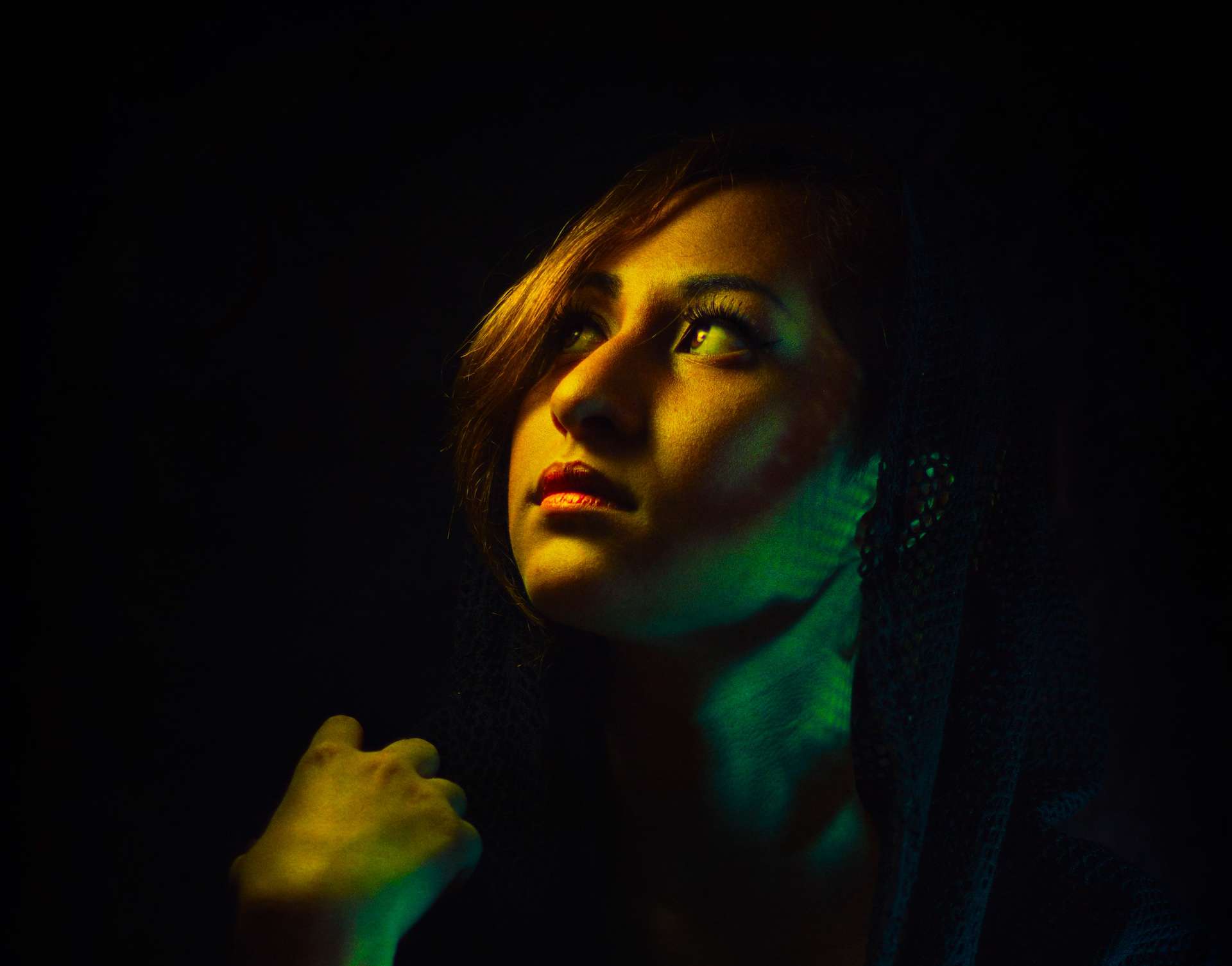Mestizo Children and Filipino Perceptions
The term ‘Mestizo’ has historically been used in the Philippines to describe people of mixed Filipino and foreign ancestry. Given the country’s long history of colonization and international relations, Mestizo children have been a significant part of its social fabric. This article delves deep into the views of Filipinos on Mestizo children, tracing the roots of these perceptions and presenting various examples that shed light on the subject.

Historical Background
The Philippines underwent over 300 years of Spanish colonial rule, followed by American colonial rule in the early 20th century. As a result, Filipinos encountered a plethora of cultures, religions, and races. The word ‘Mestizo’ is derived from the Spanish term ‘mestizaje’, which means ‘mixed’. In the Philippine context, this has primarily referred to those of Filipino and Spanish descent, but it also encompasses other mixtures, including Filipino and Chinese, or Filipino and American.
The question of whether Filipinas want to have Mestizo children or not is complex, multifaceted, and cannot be generalized for the entire female population of the Philippines. Here are a few insights to help understand this topic:
Media Influence:
The media in the Philippines has historically portrayed Mestizo features as desirable. Many celebrities in the Philippines with mixed racial heritage often receive attention for their ‘unique’ or ‘exotic’ looks. Given the influence of media and popular culture, it’s possible that some individuals may have a preference for such features.
Colonial Mentality:
As previously mentioned, the Philippines has a history of colonization by Spain and the United States. This has, over time, led to a colonial mentality among some Filipinos, which means they might perceive Western or foreign attributes as superior or more attractive.
Personal Preferences and Love:
Attraction is subjective and varies from one individual to another. Many Filipinas marry foreigners and have Mestizo children, but it’s crucial to understand that these relationships are often based on love, understanding, and mutual respect rather than solely on a desire to have mixed-race children.
Economic Considerations:
It’s worth noting that for some, marrying a foreigner might be perceived as a way to achieve economic stability, given that foreigners, especially those from Western countries, are often perceived as financially well-off. However, this is a generalization and doesn’t hold true for all cases.
Societal Perceptions:
In some communities, there may be a perceived social status attached to having a relationship with a foreigner and producing Mestizo children. Such children might be viewed as having better opportunities in life, especially in fields like entertainment, where Mestizo features are highly valued. However, this again is a generalization and doesn’t represent the entire societal view.
Cultural Pride and Preservation:
There’s also a strong sentiment among many Filipinos about preserving their culture and heritage. Many Filipinas may want their children to wholly represent their cultural and ancestral roots.
While some Filipinas may have a preference for Mestizo children due to various influences like media or societal perceptions, many make choices based on personal feelings, love, and individual circumstances. It’s essential to approach this topic with sensitivity, avoiding broad generalizations and acknowledging the diversity of perspectives and motivations among Filipinas.
Reasons for Filipino Perceptions on Mestizo Children
- Colonial Mentality: The colonial experience has left an indelible mark on Filipino psyche. Over the centuries, the colonizers often held power, wealth, and social standing, which translated into a perception that foreign or ‘mestizo’ attributes were superior or more desirable. This colonial mentality still subtly permeates various facets of Filipino society.
- Media and Entertainment: Filipino media has historically portrayed Mestizos in a positive light. Many celebrities and public figures in the Philippines are of mixed ancestry, often lauded for their ‘exotic’ looks. This media representation can reinforce the idea that Mestizo features are more appealing or superior.
- Social Status and Privilege: Historically, many Mestizos belonged to the upper echelons of society due to their ties to colonial rulers. This association with wealth and privilege has contributed to the perception that they lead more privileged lives, whether or not this is always the case.
- Cultural Diversity and Acceptance: Despite the weight of colonial mentality, the Philippines, at its heart, is a melting pot of cultures. The Filipinos’ resilient spirit and accepting nature have allowed them to embrace diversity. Mestizos are thus seen not just through the lens of historical impositions but also as a testament to the country’s rich multicultural tapestry.
- Community Integration: Over the generations, many Mestizo families have deeply integrated into Filipino communities. They’ve contributed to local economies, participated in community events, and formed bonds with pure Filipinos. This integration has often led to mutual respect and acceptance.
- Family Ties and Personal Relations: Intermarriages between Filipinos and foreigners have produced Mestizo offspring who often maintain close ties with both sides of their heritage. For many Filipinos, having a Mestizo family member or friend has fostered understanding and acceptance.
Examining Specific Cases
- Mestizo Children in the Entertainment Industry: Mestizo celebrities like Anne Curtis, Liza Soberano, and Enrique Gil have garnered significant attention for their looks and talents. Their prominence in the entertainment industry can sometimes create the misconception that all Mestizo individuals desire or easily achieve fame.
- Perceptions vs. Reality: While Mestizo features may be highlighted in media, it’s essential to remember that the entertainment industry represents a small fraction of the population. Not all Mestizo individuals aspire for or achieve celebrity status, and they face their own sets of challenges and stereotypes.
- Breaking the Mold: Several Mestizo celebrities have used their platform to discuss their heritage and challenges, emphasizing their Filipino identity. They’ve played a role in breaking the stereotype and highlighting that they are as Filipino as anyone else.
- Mestizo Children in Education and Social Circles: In educational institutions and social circles, Mestizo children sometimes experience being ‘different’ due to their mixed heritage. Their experiences can offer insights into Filipino perceptions at a grassroots level.
- Being ‘The Foreigner’: Mestizo children might sometimes be perceived as ‘foreigners’, even if they’ve lived in the Philippines their whole life. This can be both an advantage and a challenge. They might be seen as interesting or exotic, but they can also face misconceptions or assumptions about their backgrounds.
- Bridging the Gap: Many Mestizo children actively engage in Filipino cultural practices and traditions, bridging the gap between their mixed heritage and their Filipino identity. Their experiences often showcase the fluidity of identity and the multi-faceted nature of being Filipino.
The perceptions of Mestizo children in the Philippines are multi-dimensional, shaped by historical experiences and contemporary realities. While remnants of colonial mentality persist, the ever-evolving Filipino consciousness is increasingly leaning towards acceptance, understanding, and celebration of its rich multicultural identity. It is vital to engage in continuous dialogue and introspection, ensuring that every child, Mestizo or otherwise, feels accepted and valued in the beautiful tapestry that is the Philippines.


















Add comment